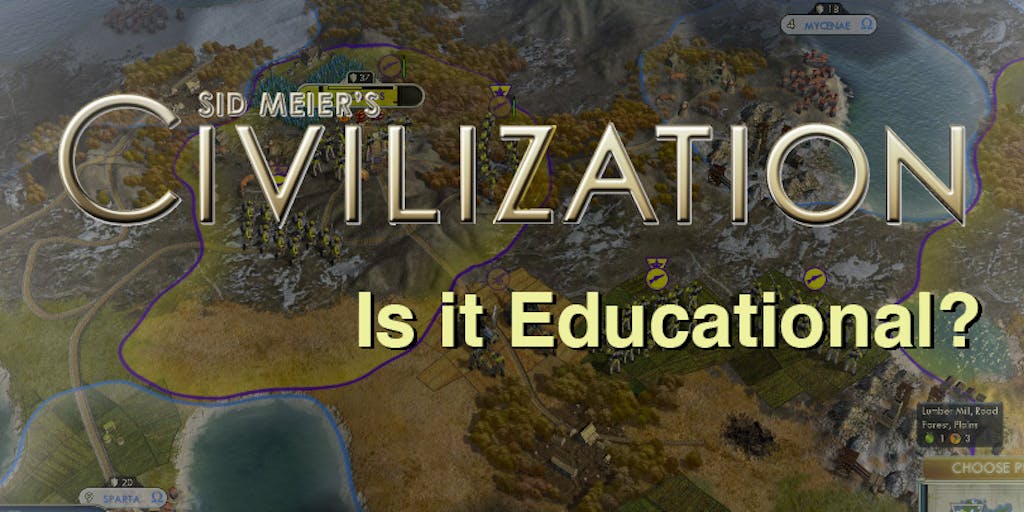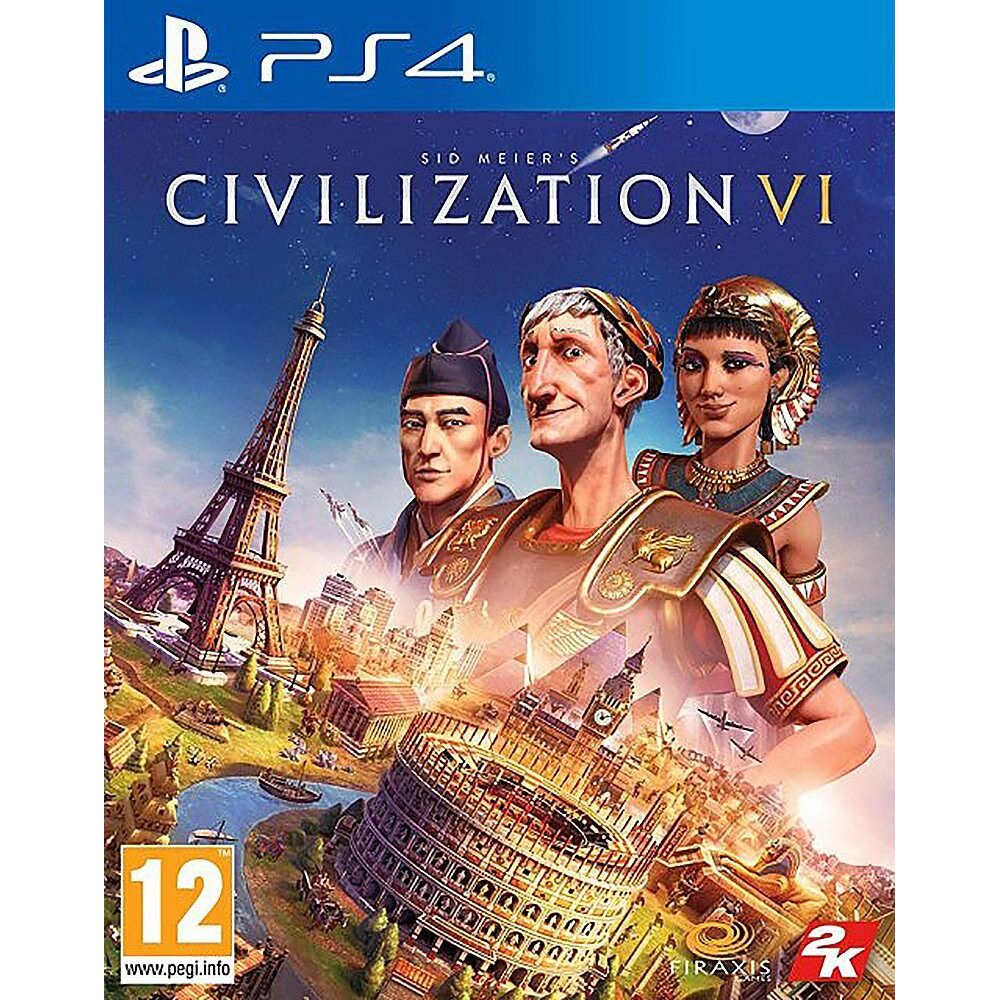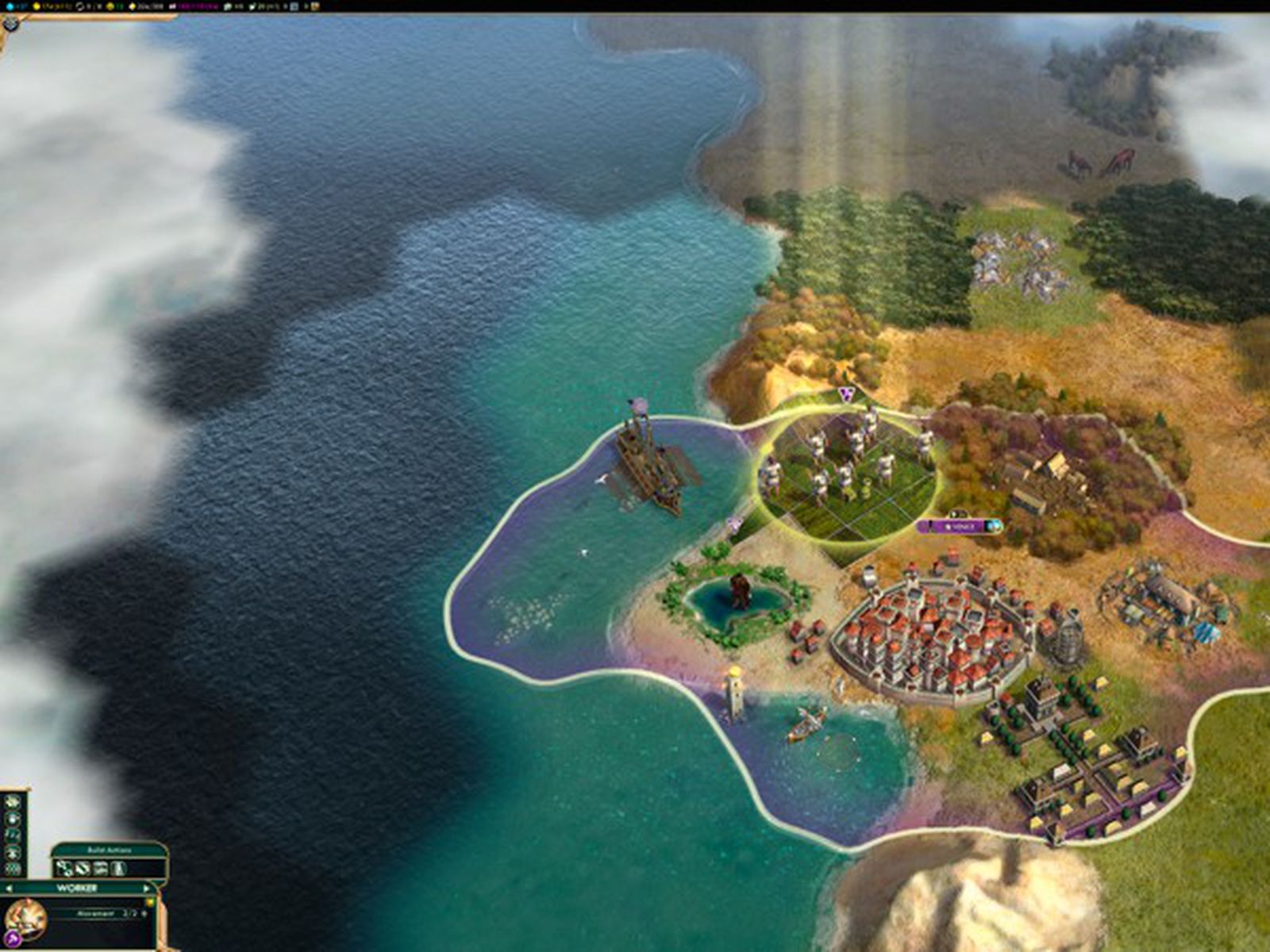Let’s be honest, we have our fair share of problems on planet Earth: war, floods, disease, poverty, and environmental destruction (the list goes on and on, really). But we also have a lot of things going for us: the Alcubierre Warp Drive, invisibility cloaks, the Mars rover missions, the discovery of the Higgs (again, the list goes on and on).
In this article, we will share Windows 10 product key free for PC. Windows Xp Universal Serial Key. Civ 5 Product Key. Universal Serial Key For Fifa 16. FIFA 16 Free Serial Key Generator-Keygen. Download Civilization V CD Key Generator 2015. Civilization V product key, Civilization V ps4 code, Civilization V psvita key, Civilization V steam. I hoped that Sid Meier s Civilization 5 was going to be less like its predecessors and more like Paradox Interactive s Europa Univeralis (EU). Unfortunately my hope is now being dashed to the ground. We are told that there are only 18 playable civilizations and leaders.

How can we weigh all the exciting and inspiring scientific discoveries against all the destruction and chaos? We have an ever-expanding list of catastrophes that is coupled with (indeed, that parallels) our unrelenting march towards technological perfection. With such a coupling of unimaginable horrors and magnificent advancements, how can we possibly measure our status as a civilization?
One of the easiest ways to answer this question is to form a scale that will allow us to scientifically measure our technological abilities against the technological possibilities. Or in layman’s terms, something that will allow us to measure our awesomeness against the total possible awesomeness. Fortunately, there are several ways of conducting such measurements.
One is “The Kardashev Scale.”
If you just want to understand the basics of this scale, you can read the following paragraph and skip the more technical section, which is helpfully marked “The TLDR Part.”
Essentially, to measure a civilization’s advancement, the Kardashev scale focuses on the amount of energy that a civilization is able to utilize. Notably, the amount of power available to a civilization is linked to how widespread the civilization is (whether it populates a planet, galaxy, or an entire universe).
The TLDR Part
The Kardashev scale exists because of a Russian astrophysicist known as Nicolai Kardashev (bet you’ll never guess where the scale got its name from).
In 1964, Kardashev came up with the idea that the status of a culture, as a whole, depends on two primary things: Energy and technology. He theorized that a civilization’s technical advancement runs parallel to the amount of energy that the civilization is able to harness and manipulate. Essentially, the more energy that a society can produce, the more technologically advanced they are (this was originally just tied to energy available for communications, but has since been expanded).
In other words, according to this theory, a culture’s development (in the very widest sense) is a product of energy and of technology: Through technology, energy is harnessed, and as social systems are expressions of this technology, the status of a culture rests upon (and is determined by) the amount of energy that is harnessed.
The scale has a number of different categories (levels of classification). In recent years, scientists have expanded this scale to measure hypothetical civilizations—civilizations that are galactic, intergalactic, and even multiverse in nature.
Are you ready to find out where humanity falls? Then press on!


Civilization 5 Product Universal Code
Civilization Types
• Type 0: Subglobal Culture—This civilization extracts its energy and raw-materials from crude organic-based sources such as wood, coal, and oil. Any rockets utilized by such a civilization would necessarily depend on chemical propulsion. Since such travel is so pitifully slow, a civilization at this level would be (for the most part) confined to its home planet. Unfortunately, this is about where we are. We haven’t quite made it to Type I yet.
• Type I: Planetary Culture—This civilization would be slightly more advanced than those found on Earth. They would be capable of utilizing all available resources on their home planet, skillfully harnessing the energy output of an entire world (10^15 watts). With any luck (if we don’t blow ourselves to oblivion, or turn the Earth into an uninhabitable wasteland) we will reach this stage in 100-200 years. So maybe your grandkids will be around to see it; there’s some hope in that (assuming you have kids).
• Type II: Stellar Culture—This civilization would be far more advanced than we are (a few thousand years beyond our stage of evolution). Such a society would be able to harnesses all the energy of its star (in our case, about 10^26 watts). This culture might resemble the Federation of Planets, as seen on Star Trek; or the civilization might be like a majority of the humanoids in the Mass Effect universe, such as the Asari, Salarians, and Turians.
• Type III: Galactic Culture—This civilization would be able to harnesses the energy output of a galaxy (about 10 billion times the energy output of a Type II civilization, and about 100,000 to 1 million years more advanced than we are). They have colonized the galaxy itself, extracting energy from hundreds of billions of stars, traveling across interstellar space, and populating innumerable worlds. This civilization may resemble the Borg (but hopefully not as mean and “resistant-is-futile-like”), or perhaps they would resemble the Empire from Star Wars (but hopefully not so Darth-Vader-choke-hold-like), or maybe they would be more like the Reapers from Mass Effect (but hopefully not so break-your-body-down-into-biogoop-like)…did anyone else notice that the civilizations at this level all seem to be evil and horrid?
• Type IV: Universal Culture —This civilization would be an intergalactic culture, spanning the breadth and width of the Universe. They would travel across the cosmos, commanding the power of a billion trillion suns. These societies would be capable of attempting projects of gargantuan, superhuman proportions, such as changing the structure of space-time or the deliberate slowing of entropy (or even its reversal) to achieve ultimate immortality. (Or, said civilizations may ultimately become capable of living INSIDE the event horizon of extra-massive black holes!) For humanity, such accomplishments might be forever beyond our reach. This level may be achievable only by incorporeal beings, such as members of Star Trek’s Q Continuum, or the Gallifreyans from Doctor Who.
• Type V: Multiverse Culture—This civilization will have transcended their universe of origin. It would be capable of universe-scale manipulation (jumping between multiverses that contain varied forms of matter, physics, and space-time). A civilization such as this would be home to beings of unimaginable power and ability.
Looking to the Future
It is a little disheartening that we haven’t even reached Type I yet. It would be nice to say something inspiring, like “given our lowly position, there’s nowhere to go but up!” Yet, it is entirely possible that some major catastrophe (be it natural or human induced) will send us spiraling back into the Stone Age.
So, what’s the ultimate take away from all of this?
If we want to advance beyond a Type 0 civilization, we’re going to need to play nice with one another (and maybe invest in science and education; that helps too).
Share This Article
Universal Serial Bus (USB) provides an expandable, hot-pluggable Plug and Play serial interface that ensures a standard, low-cost connection for peripheral devices such as keyboards, mice, joysticks, printers, scanners, storage devices, modems, and video conferencing cameras. Migration to USB is recommended for all peripheral devices that use legacy ports such as PS/2, serial, and parallel ports.
Civilization 5 Product Universal City
The USB-IF is a Special Interest Groups (SIGs) that maintains the Official USB Specification, test specifications and tools.
Civilization 5 Product Universal
Windows operating systems include native support for USB host controllers, hubs, and devices and systems that comply with the official USB specification. Windows also provides programming interfaces that you can use to develop device drivers and applications that communicate with a USB device.
Civilization 5 Product Universal Game
| USB in WindowsWindows 10: What's new for USB Overview of new features and improvements in USB in Windows 10. USB FAQFrequently asked questions from driver developers about the USB stack and features that are supported in USB. Microsoft OS Descriptors for USB DevicesWindows defines MS OS descriptors that allows better enumeration when connected to system running Windows operating system Microsoft-provided USB driversUSB device-side drivers in WindowsA set of drivers for handling common function logic for USB devices. USB host-side drivers in WindowsMicrosoft provides a core stack of drivers that interoperate with devices that are connected to EHCI and xHCI controllers. USB-IF device class driversWindows provides in-box device class drivers for many USB-IF approved device classes, audio, mass storage, and so on. USB generic function driver–WinUSBWindows provides Winusb.sys that can be loaded as a function driver for a custom device and a function of a composite device. USB generic parent driver for composite devices–UsbccgpParent driver for USB devices with multiple functions. Usbccgp creates physical device objects (PDOs) for each of those functions. Those individual PDOs are managed by their respective USB function drivers, which could be the Winusb.sys driver or a USB device class driver. WDF extension for developing USB drivers
Get information about the tools that you can use to test your USB hardware or software, capture traces of operations and other system events, and observe how the USB driver stack responds to a request sent by a client driver or an application. Easeus data recovery wizard for mac 11 10 serial. Read an overview of tests in the Hardware Certification Kit that enable hardware vendors and device manufacturers to prepare their USB devices and host controllers for Windows Hardware Certification submission. Other Resources for USB Official USB SpecificationProvides complete technical details for the USB protocol. Microsoft Windows USB Core Team BlogWineskin mac files. Check out posts written by the Microsoft USB Team. The blog focuses on the Windows USB driver stack that works with various USB Host controllers and USB hubs found in Windows PC. A useful resource for USB client driver developers and USB hardware designers understand the driver stack implementation, resolve common issues, and explain how to use tools for gathering traces and log files. OSR Online Lists - ntdevDiscussion list managed by OSR Online for kernel-mode driver developers. Windows Dev-Center for Hardware DevelopmentMiscellaneous resources based on frequently asked questions from developers who are new to developing USB devices and drivers that work with Windows operating systems. USB-related videos UWP apps for USB devicesUnderstanding USB 3.0 in Windows 8Building great USB 3.0 devicesUSB Debugging Innovations in Windows 8 (Part I, II, & III)USB hardware for learning MUTT devicesMUTT and SuperMUTT devices and the accompanying software package are integrated into the HCK suite of USB tests. They provide automated testing that can be used during the development cycle of USB controllers, devices and systems, especially stress testing. OSR USB FX2 Learning KitIf you are new to USB driver development. The kit is the most suitable to study USB samples included in this documentation set. You can get the learning kit from OSR Online Store. | Write a USB client driver (KMDF, UMDF) Introduces you to USB driver development. Provides information about choosing the most appropriate model for providing a USB driver for your device. This section also includes tutorials about writing your first user-mode and kernel-mode USB drivers by using the USB templates included with Microsoft Visual Studio. Write a USB host controller driverIf you are developing an xHCI host controller that is not compliant with the specification or developing a custom non-xHCI hardware (such as a virtual host controller), you can write a host controller driver that communicates with UCX. For example, consider a wireless dock that supports USB devices. The PC communicates with USB devices through the wireless dock by using USB over TCP as a transport.
You can develop a controller driver that handles all USB data transfers and commands sent by the host to the device. This driver communicates with the Microsoft-provided USB function controller extension (UFX). USB function class extension (UFX) reference Write a USB Type-C connector driverWindows 10 introduces support for the new USB connector: USB Type-C. You can write a driver for the connector that communicates with the Microsoft-provided class extension module: UcmCx to handle scenarios related to Type-C connectors such as, which ports support Type-C, which ports support power delivery. USB connector manager class extension (UcmCx) reference Write a USB dual-role controller driverUSB Dual Role controllers are now supported in Windows 10. Windows includes in-box client drivers for ChipIdea and Synopsys controllers. For other controllers, Microsoft provides a set of programming interfaces that allow the dual-role class extension (UrsCx) and its client driver to communicate with each other to handle the role-switching capability of a dual-role controller. For more information about this feature, see: USB dual-role controller driver programming reference Write a USB driver for emulated devicesWindows 10 introduces support for emulated devices. Now you can develop an emulated Universal Serial Bus (USB) host controller driver and a connected virtual USB device. Both components are combined into a single KMDF driver that communicates with the Microsoft-provided USB device emulation class extension (UdeCx). Emulated USB host controller driver programming reference Write a UWP appProvides step-by-step instructions about implementing USB features in a UWP app. To write such an app for a USB device you need Visual Studio and Microsoft Windows Software Development Kit (SDK) . Write a Windows desktop appDescribes how an application can call WinUSB Functions to communicate with a USB device. WinUSB functions Common programming scenariosList of common tasks that a driver or an app performs in order to communicate with a USB device. Get quick info about the programming interfaces you need for each task. USB samples Development tools Download kits and tools for Windows |